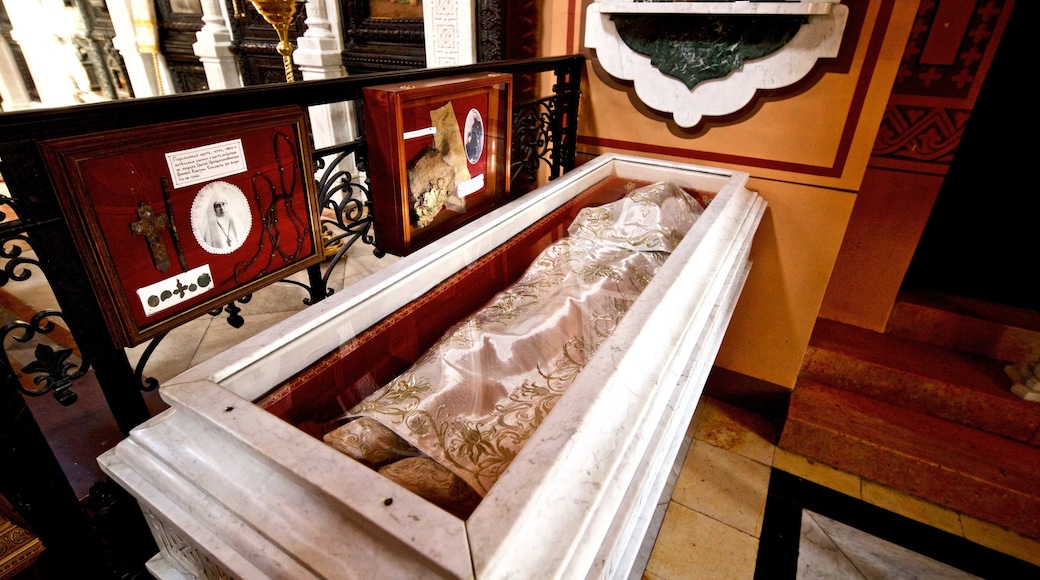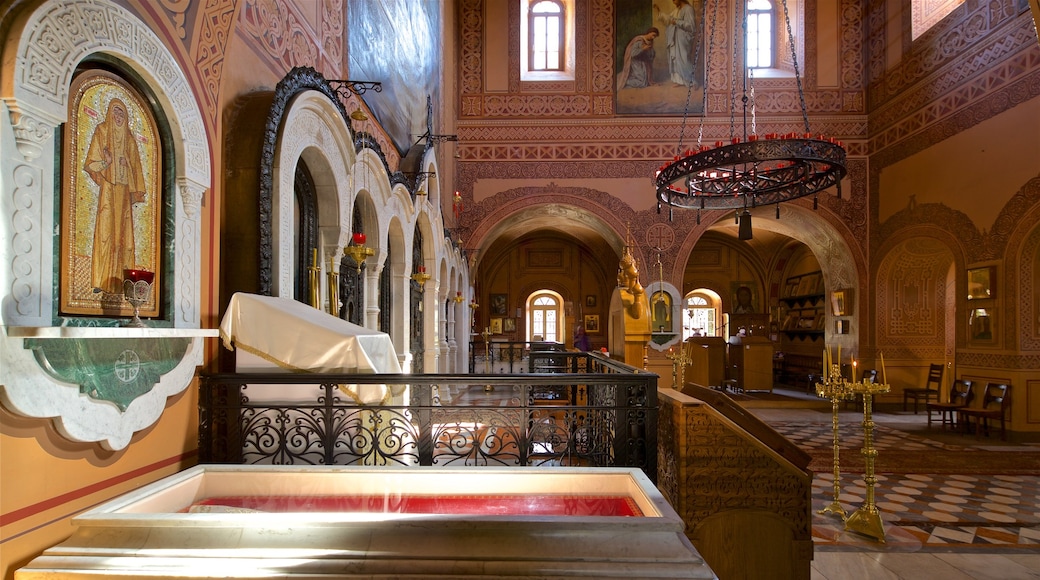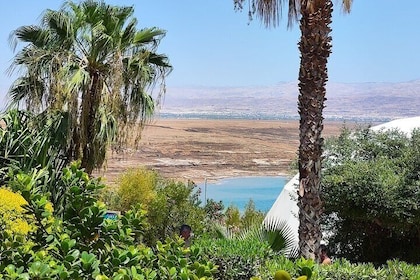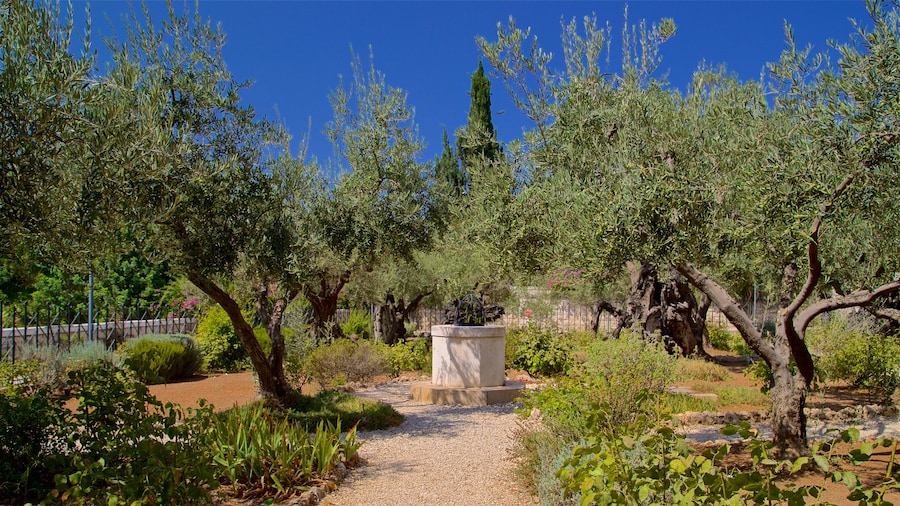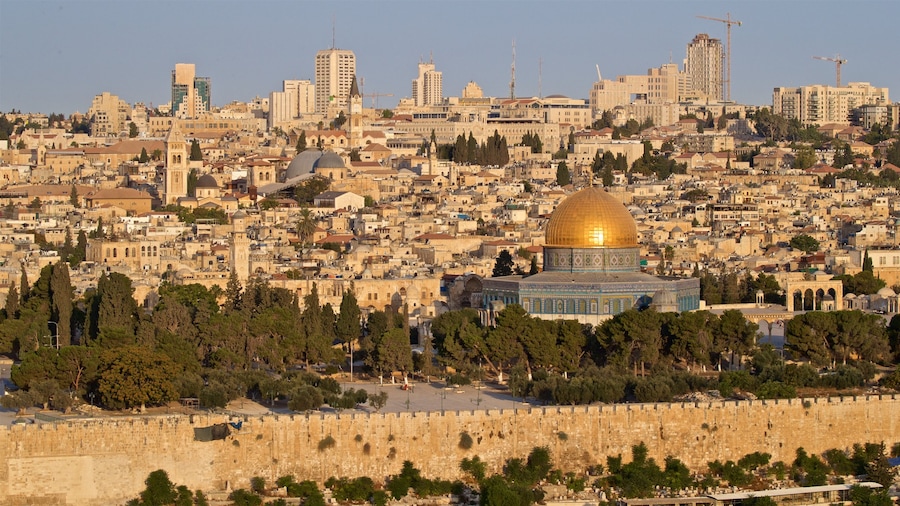Marvel at this striking Russian Orthodox church that has a glinting golden domes rising above the tree line of Jerusalem’s Mount of Olives.
With its distinctive onion-shaped domes and striking sandstone façade, the Church of Mary Magdalene stands out, even among the many houses of worship in Jerusalem. Explore the church, which now hosts a convent, and learn about how and why this decidedly Russian building was constructed here.
Czar Alexander III built the church in 1888 in honor of his mother, Empress Maria Alexandrovna. It was designed to reflect the style of the Russian Orthodox churches of the 16th and 17th centuries, with distinctive onion-shaped domes. Look for the Church of Mary Magdalene’s seven gilded domes, which contrast with the greenery of the nearby Garden of Gethsemane, where Jesus is thought to have prayed on the eve of his crucifixion.
Admire the imposing church from the outside. Though its gleaming white façade may look like marble, it is actually sandstone. Above the door is a blue circular mosaic depicting Mary Magdalene wearing a white robe.
Venture inside to view the church’s collection of religious icons, among them works by Russian artists such as Sergei Ivanov and Vereshaguine. The church also holds the remains of several well-known Russian figures, including Princess Elisabeth of Hesse, also known as Grand DuchessElizabeth Feodorovnaof Russia, who died during the Russian Revolution. The remains of another Russian Orthodox saint, Barbara Yakovleva, who died alongside the Grand Duchess Elizabeth, are also kept here.
While exploring, expect to encounter nuns. The church now serves as a convent, with a group of 30 to 40 sisters based here.
Find the Church of Mary Magdalene on the western slope of the Mount of Olives, above the Garden of Gethsemane. Entrance is free although opening hours are limited. Visitors can access the church only on Tuesday and Thursday mornings. Return to view the church from the outside before dusk. The golden domes look particularly pretty when viewed against the orange rays of the setting sun.


